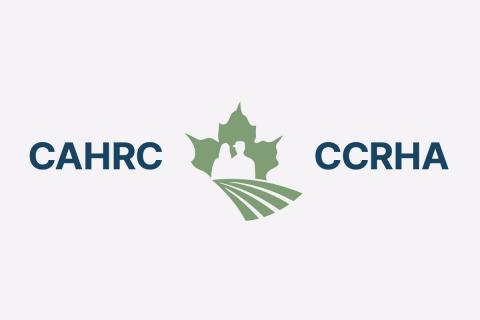Ottawa, ON— Demand for organic food and beverages is booming in Canada, according to a newly released study.
Sales topped $6.5 billion in 2020, a 33 percent increase over 2017 levels, according to a report published by the Canada Organic Trade Association (COTA).
That was the last time the group published its Organic Market Report.
The compound annual growth rate for the food and beverage sector was 10.2 percent over that three-year period.
"Let me tell you, we were surprised by how high the growth has gone," said COTA executive director Tia Loftsgard.
The organic industry had a 3.3 percent share of Canada's food and beverage market in 2020, up from 2.6 percent in 2017 and 1.7 percent in 2012.
Two-thirds of Canadians now buy organic food on a weekly basis.
Fruits and vegetables led the way, accounting for 41 percent of organic sales. By comparison, bread and grains were fifth on the list with 8.8 percent of sales.
Loftsgard said they are unable to compare 2020 sales with 2019 because the last time COTA collected the data was 2017. However, she has a hunch that COVID really accelerated demand for organic food last year.
People were looking for safe products and they had more money to spend on groceries because of reduced expenditures on restaurant meals, travel and other items.
However, while demand is booming in Canada, the supply side continues to lag behind.
"There is never enough organic products produced in Canada to (meet) the demand that we have," said Loftsgard.
There were 5,972 certified growers in Canada in 2020, a 24 percent increase over 2017 levels.
However, almost all of that growth was in Quebec. There has been very little expansion on the Prairies, which is the breadbasket of Canada.
Loftsgard said nobody collects production information and there is very limited data about imports and exports, so it is impossible to tell how much of what is produced in Canada stays in this country.
She said the supply shortfall in the organic sector is a global issue, not just a Canadian phenomenon.
Some key production regions are attempting to address the problem. The European Commission has set a target under its Farm to Fork strategy to have at least 25 percent of the EU's agricultural land farmed organically by 2030.
"We don't have any kind of a farm strategy led by our Canadian government to kind of move in that direction," said Loftsgard.
COTA launched the Organic Conversion Support Program in 2019 to support grain farms and livestock producers to convert their operations to certified organic to meet rising global demand.
She believes one of the main reasons supply is falling short of demand is that growers are reluctant to pay the costs of certification while foregoing three years of organic premiums during the transition period.
The program reimburses farmers up to $1,000 for their certification costs. It has helped 94 farmers transition 8,483 acres into organic over the past two years. However, only seven of those farmers were from the Prairies.
"We're trying to do what we can to help create a welcoming environment for farmers, so that they're not having to take the risk all on their own," said Loftsgard.
The end goal is to convince Agriculture Canada to create a nationally funded program to help farmers make the transition.
Applications for the 2021 program will be accepted until June 30, 2022.
